Active Projects
Eternally in development
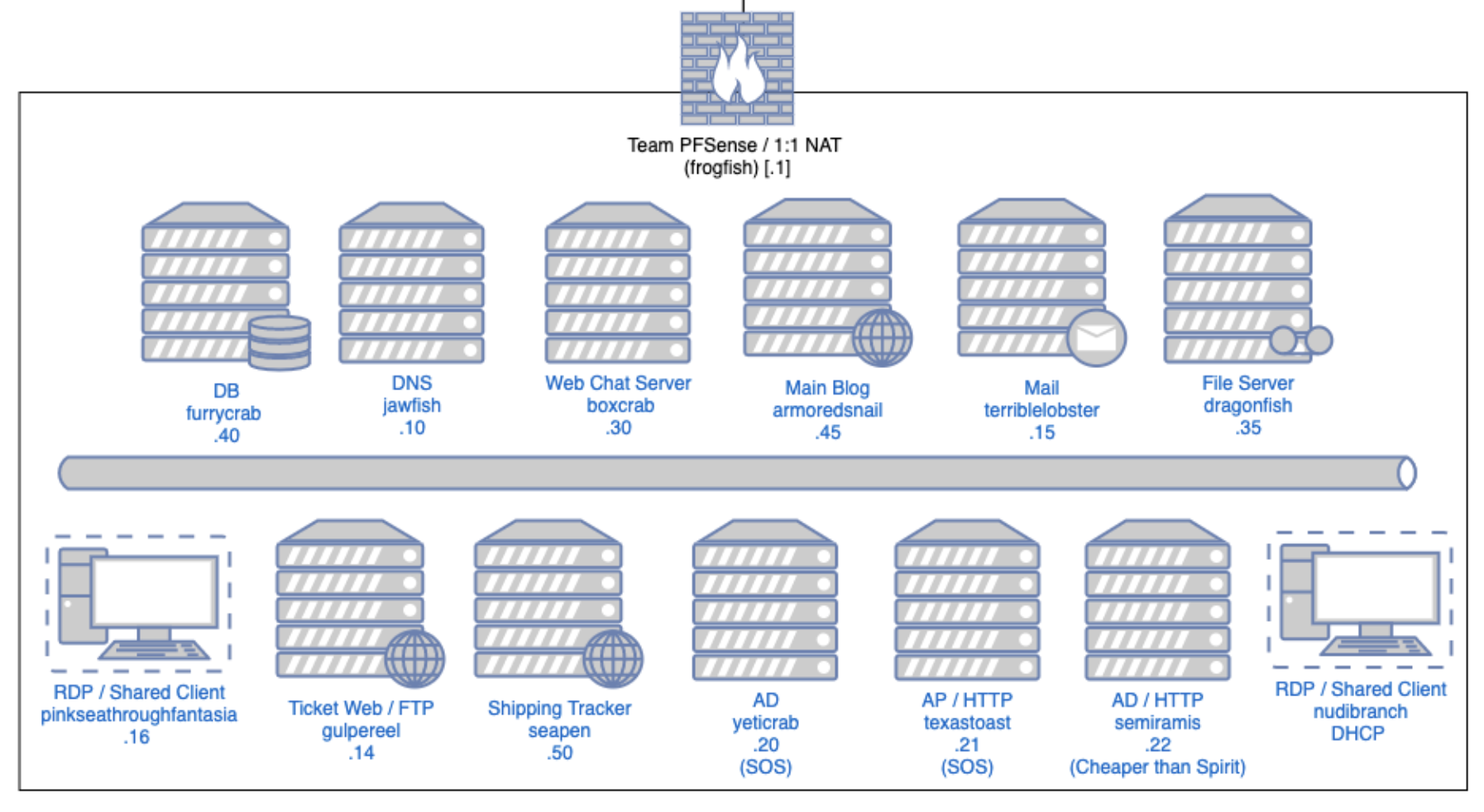
The "LAB"
Using the publicly available ova images from WRCCDC, I am recreating the 2021 completion network. I am using multiple proxmox machines, in a cluster, to host all the different VMs. I am using OPNsense for remote access using OpenVPN, and to test different network configurations. Currently, I still need to finish setting up my firewall to properly segregate the network, and finish connecting the machines to each other, as all the IPs have changed.
Don't Forget Her Birthday
I am in the early stages of an Android app that automatically sends a text to friends and relatives on their birthday's. Currently, I have a basic layout, grabbing a random message from a list, and the message sending functions setup correctly. I still need to implement a schedule to check for birthdays, contact integration, calendar integration, and the ability to set a time of day to send the message.
CCDC / CPTC
Collegiate Cyber Defense Competition (CCDC)
&
Collegiate Penetration Testing Competition (CPTC)
Powershell
The script I am most proud of is my Active Domain password changer. It takes in a few arguments for password complexity, csv file location, and a master password. The script then changes every single user password, and outputs a csv file to submit to the scoring machine.
On GithubThe "LAB"
I swear I am doing this for fun, and not locked in a basement
Proxmox
Proxmox is used to cluster and host all the necessary VMs for the LAB. In other words Proxmox is the OS of choice for the LAB. Currently, I have about 20 VMs in total, and 3 physical machines running in a cluster. I also have learned how to properly configure virtual VLANs to segregate the VMs from the hosts on the network.
Script Testing
I use the VMs to test some PowerShell scripts and Bash scripts that I have worked on. Many times scripts appear to function correctly until we have to run them on a machine that has not had any updates in a year, and has the language set to Russian for some reason. This environment give us the opportunity to test how things work before committing to them. We can also use it to practice deploying an application across an entire network to make sure everything will connect properly when we are in production.

Firewalls
I have set up multiple firewalls for experimentation. These include opnSense, Pfsense, and Fortinet. This has always been really cool to me, because I learned about interesting tools to check network traffic for viruses, as well as having instant access to the network via VPN.
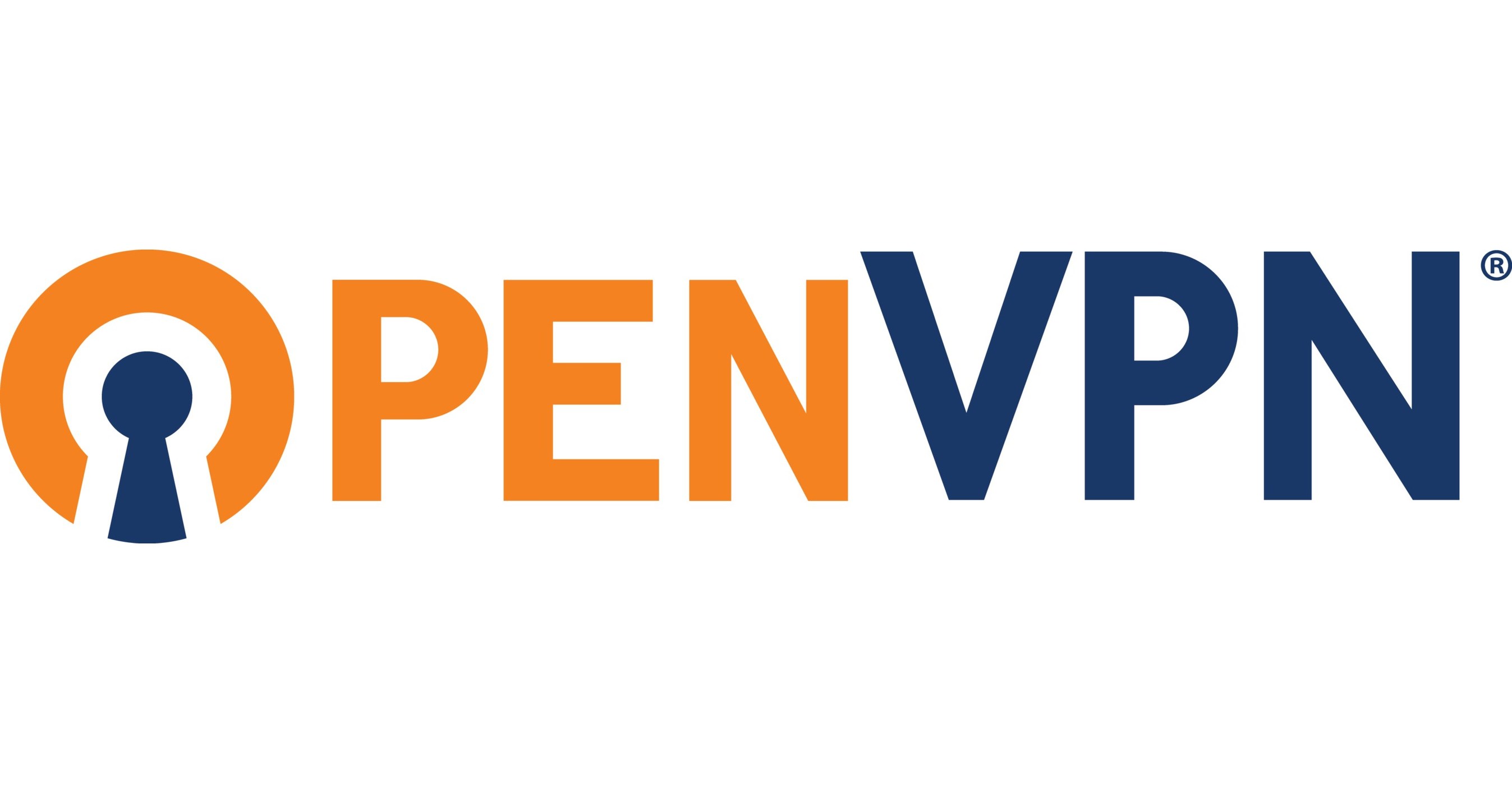
VPNs
I have used both OpenVPN, and Wireguard to connect to the lab, but I settled on OpenVPN via opnSense. This gives me the opportunity to easily add a new user access to the lab, and also revoke access to those who no longer need it.
WRCCDC Images
I used the ova files provided by WRCCDC, to make the majority of the LAB. These VMs are set up in a very careful manner, and the staff at WRCCDC put in a lot of effort to make the environments as realistic as possible. They often custom-make websites, and applications, that have security flaws to patch or at least secure.
Coding Projects
Why does C get all the girls, and Java gets none?
Because C doesn't treat them as objects.

C++ BattleShip
My first battleship game. I originally intended to make it with a friend, but I kept adding to it long after he stopped. I learned the basics of arrays, printing to console, classes, functions, types, ect. Since I made this game I have learned a lot more about C++, and will probably revisit this project in the future to fix issues, and redesign some things, as well as laugh at my younger self.
My Github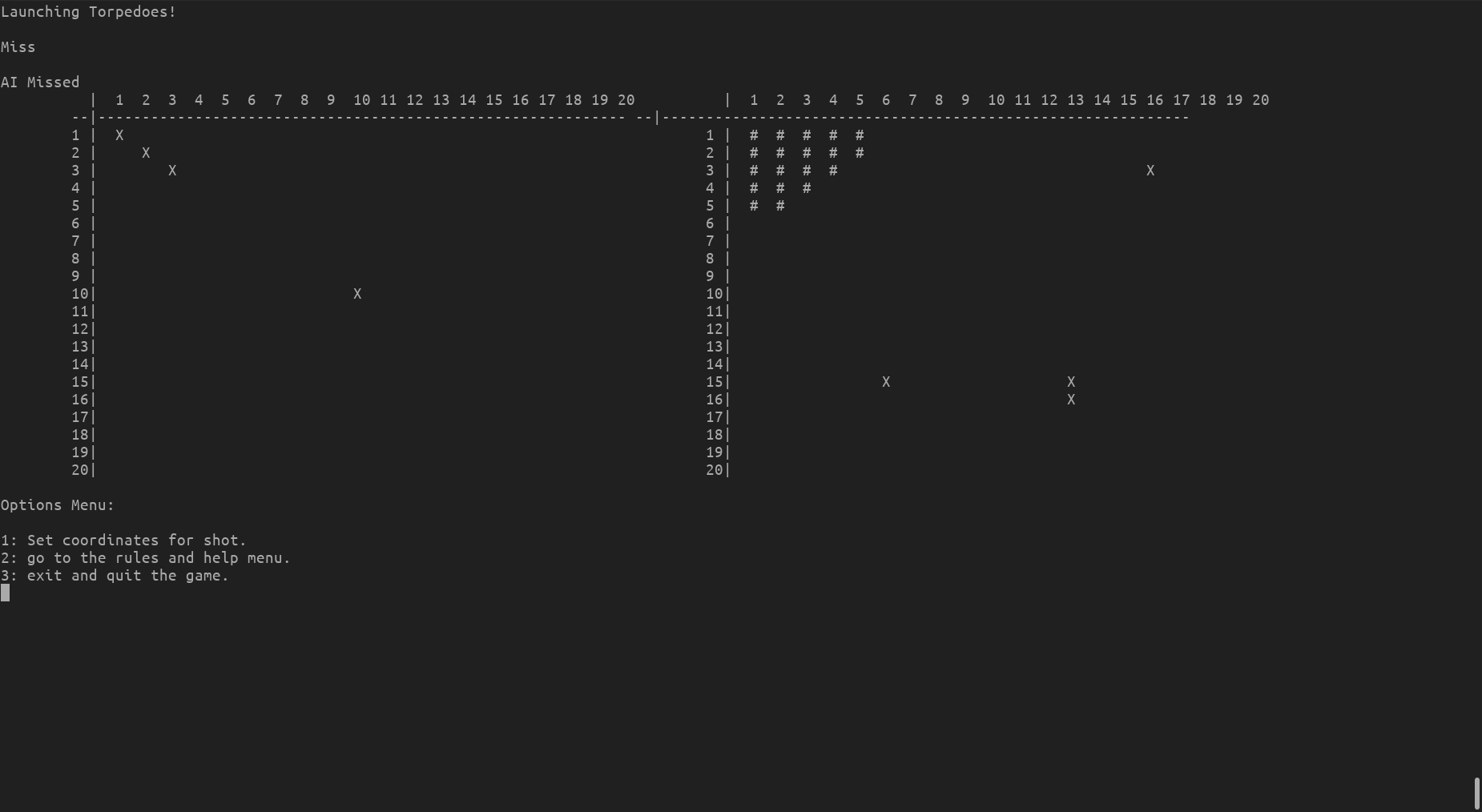
C# BattleShip
I believe this was my third battleship game. I was learning C# for Unity, but wanted to understand the language better. I started by simply copying my C++ code line by line and fixing the errors that resulted. This version got some extra features including the ability to change the size of the board and number of each piece.
My Github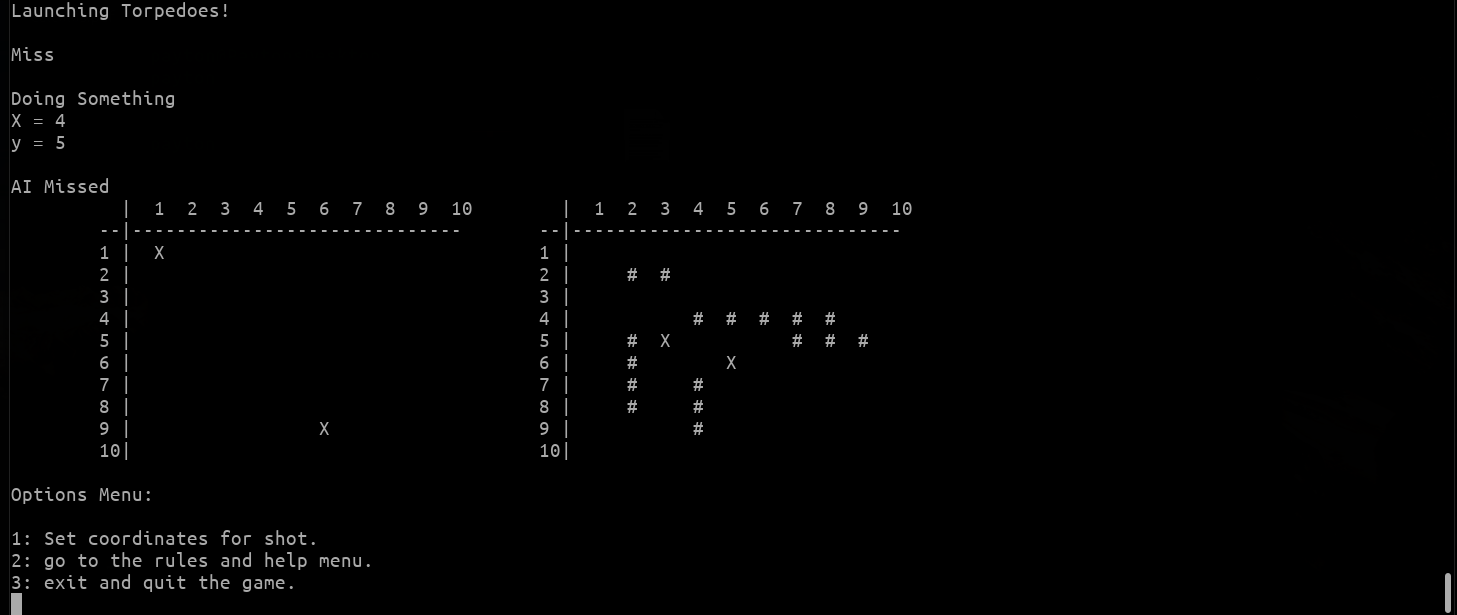
Java BattleShip
My favorite version of battleship. At this point I had a solid idea how to approach the project. Because of the similarities of Java and C# I found the two projects very enjoyable, as I got to learn about many of the quarks of each language.
My GithubInternet Connection Tester
My ISP was having issues, and it led to my internet constantly going down for a few seconds. This led to HUGE issues while doing school work, or on calls. When I called they said there was no evidence, so I made this quick python script that pings 1.1.1.1 every second and counts how long it is unreachable, then outputs a log.
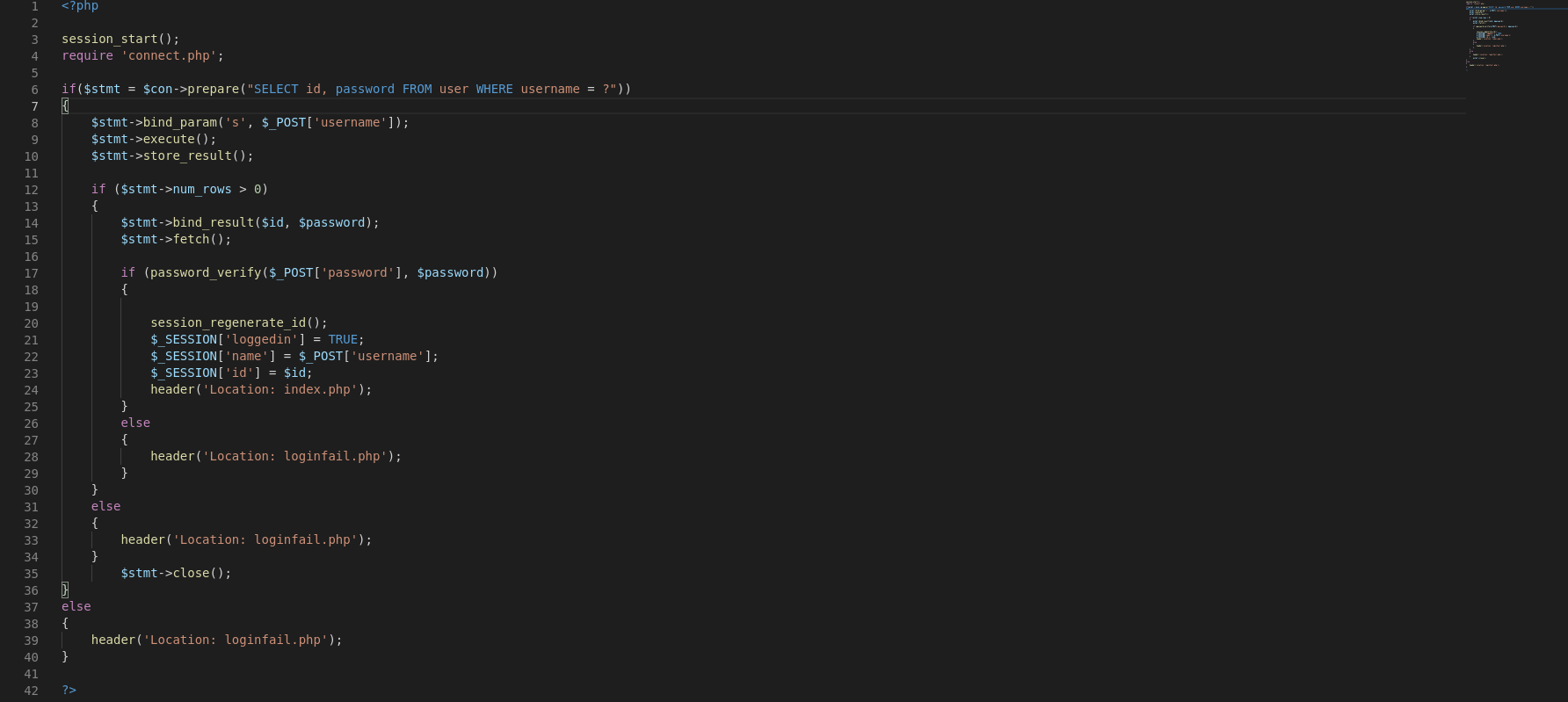
PHP Fake Website
I created this project to show how fake websites can have you create an account and then use the credentials you input on other websites to see if you reuse passwords. This was extremely fun, and surprisingly simple to do. I even learned about salted hashes to store the passwords in a more secure manner.
Website code bruteforcer
There was a CTF where you had to bruteforce a code. So this script uses pyautogui to send keyboard inputs randomly based on a letter and number option.
Websites
CTRL+C CTRL+V
Portfolio Website
This is not my first Portfolio website, I have made about 5 over the years, but this is my favorite. It started as an assignment for a UI class I took, but turned into a much larger project. It is made mostly with bootstrap 5, has an adaptive layout, and some cool features like the slideshow and navigation bar.
Old Websites
My first ever website, was for a class project in high school. We had to create an island, so I decided to make a government website for it. It looks awful now, but it is fun to revisit sometimes. I am considering hosting the full versions of my old static websites to show how far I have come, but at the moment they are not online.
Soldering & Hardware
The Ohm Depot

Controllers
I am self-employed doing small electronic repair. Most of my business comes from repairing game controllers, including both Xbox and Playstation controllers.
PC Building
I have been building computers since I was about 11 years old. My first computer was made out of scrap parts I took out of old computers that people no longer wanted. I then went on to repair a few computers for my family, and eventually I saved up enough to build my dream computer. At the time of writing this, I plan on building a computer for my brother tomorrow.

Server Upgrades
I have made multiple upgrades to my Poweredge servers. These include RAM, CPU, and HDD upgrades.
Coming Soon™
Probably
Bookstack Wiki
I want to host my own wiki with details about my homelab, as well as a more general version for others who run into similar issues as I do.
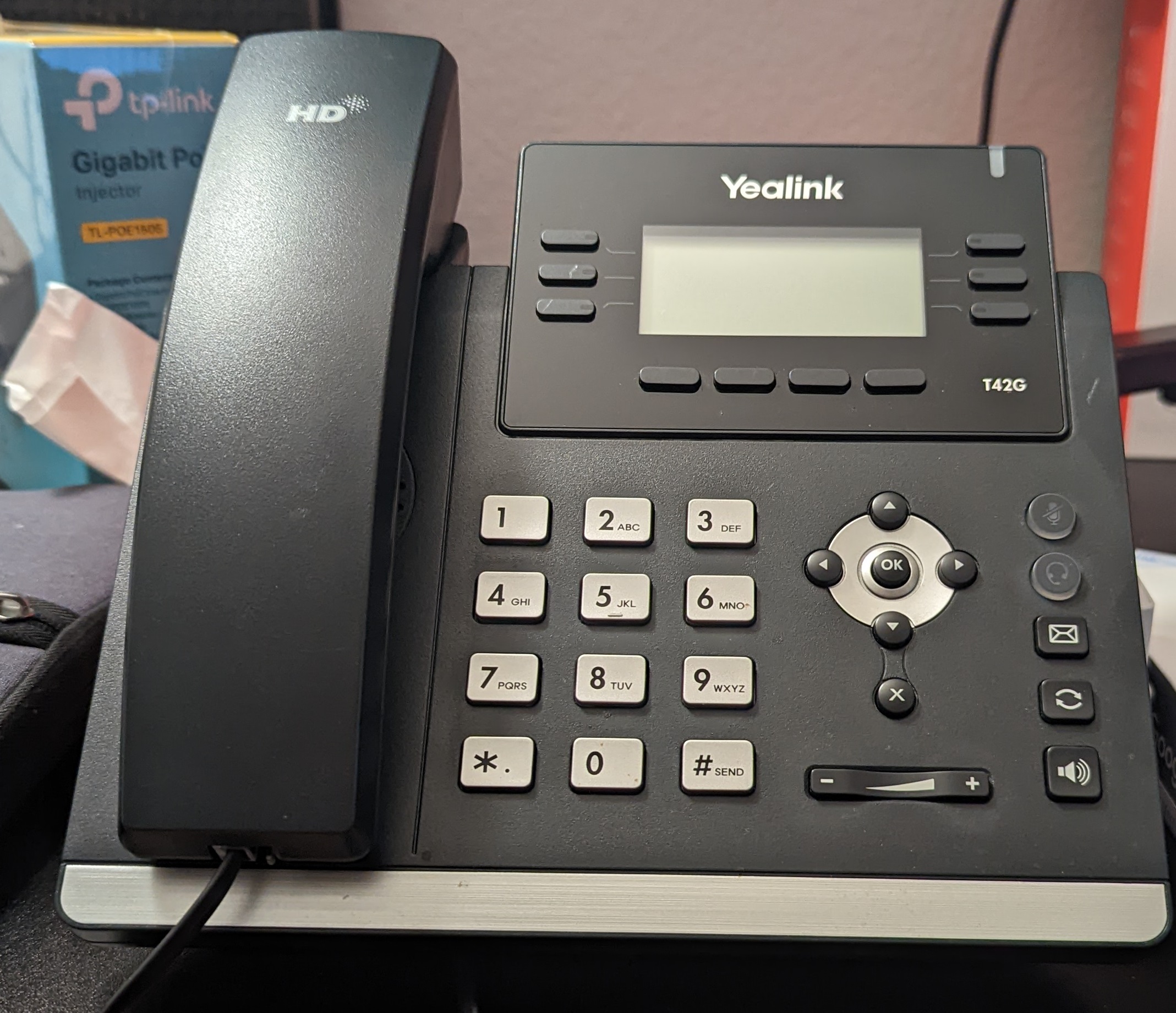
VOIP
I bought a VOIP phone to try to get it working with freepbx, but so far I have not had the time, nor the desire to work on it.